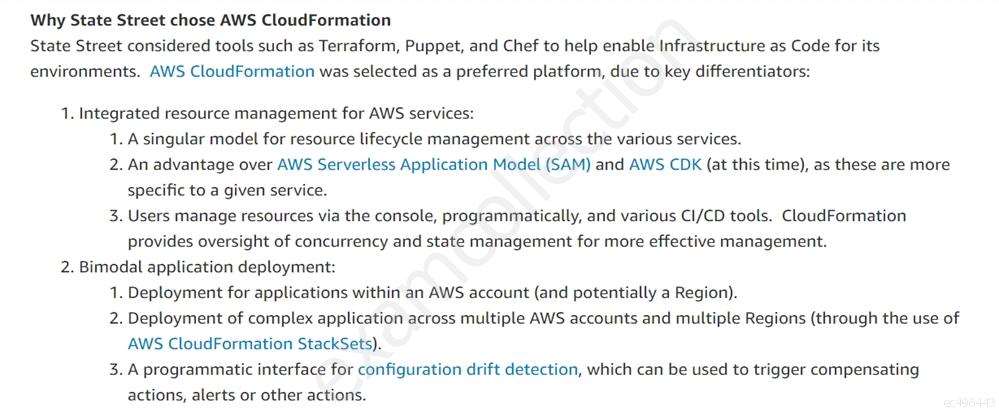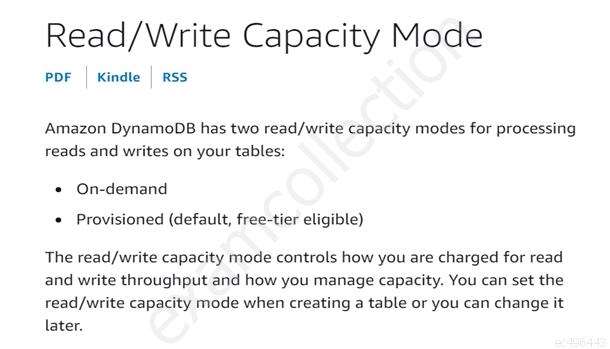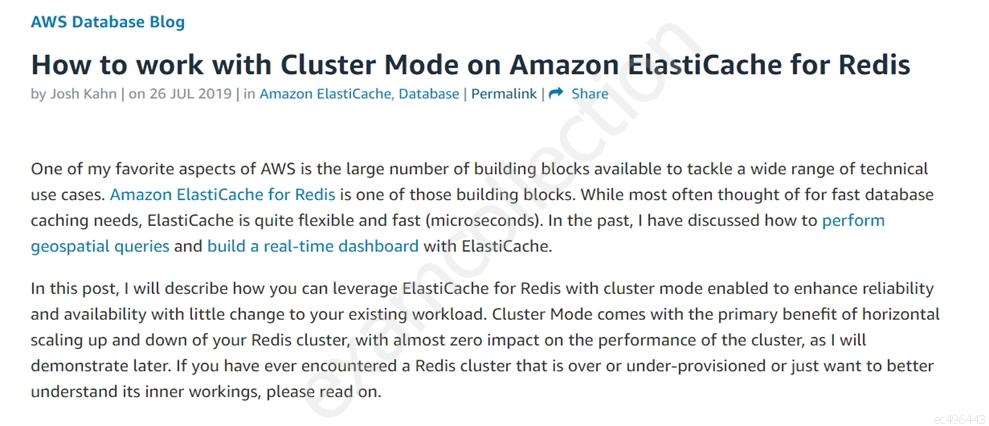A company runs online transaction processing (OLTP) workloads on an Amazon RDS for PostgreSQL Multi-AZ DB instance. Tests were run on the database after work hours, which generated additional database logs. The free storage of the RDS DB instance is low due to these additional logs.
What should the company do to address this space constraint issue?
A. Log in to the host and run the rm $PGDATA/pg_logs/* command
B. Modify the rds.log_retention_period parameter to 1440 and wait up to 24 hours for database logs to be deleted
C. Create a ticket with AWS Support to have the logs deleted
D. Run the SELECT rds_rotate_error_log() stored procedure to rotate the logs
What should the company do to address this space constraint issue?
A. Log in to the host and run the rm $PGDATA/pg_logs/* command
B. Modify the rds.log_retention_period parameter to 1440 and wait up to 24 hours for database logs to be deleted
C. Create a ticket with AWS Support to have the logs deleted
D. Run the SELECT rds_rotate_error_log() stored procedure to rotate the logs



